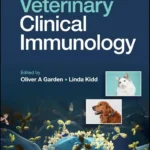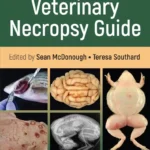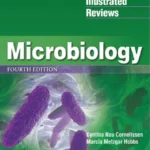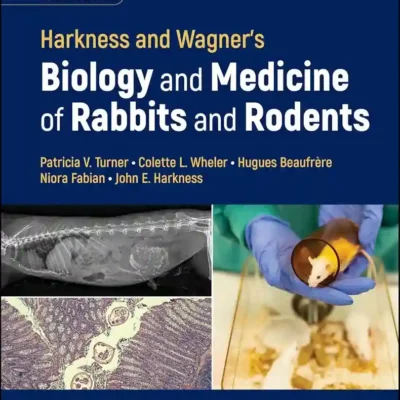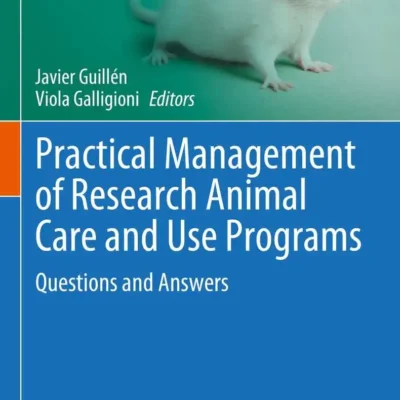Handbook of Laboratory Animal Science, 3rd Edition
by Jann Hau, Steven J. Schapiro
Volume I, Essential Principles and Practices
December 2010
Handbook of Laboratory Animal Science, Vol. 1, Essential Principles and Practices emphasizes the importance of implementing the three R’s: replacing live animals with alternative methods, reducing the number of animals used, and refining techniques to minimize animal discomfort, and integrates these humane principles into almost every chapter.
See what’s new in the Third Edition:
- New chapters: Applications of Radio-Telemetry in Small Laboratory Animals, Generation and analysis of genetically modified mice, and Physiological, Hematological, and Clinical Chemistry Parameters
- Additional mateiral on the international harmonization of practices and on the continued implementation of the refinement, reduction, and replacement of animal usage in laboratories
- Sixteen page color insert
Volume II, Animal Models
April 2011
Handbook of Laboratory Animal Science, Volume II, Third Edition: Animal Models explains in great detail the comparative considerations underlying the choice of animal species and strains in different research disciplines. Efficient and humane experimental work with animals, in which subjects experience no avoidable pain and mental distress, requires skillful and conscientious staff. To this end, scientists apply the three R’s: replacing experiments on live animals with alternative methods, reducing the number of animals necessary to obtain valid results within experiments, and refining techniques to minimize the discomfort experienced by the animal participants.
- Focuses on the pertinent comparative aspects in the multiple contexts in which laboratory animals are used
- Includes chapters new to Volume II on animal models in Human Behavior, Parkinson’s Disease, Aging and Alzheimer’s Disease, Pain Research, Otolaryngological Disorders, Lung Physiology During Anesthesia, Vaccinology, Helicobacter Infection, Biodefense Research, and Hearing Loss and Tinnitus
- Examines the spontaneous genetic mutants and the genetically modified animal models available within different research areas
- Presents contributions by international experts in their respective fields
- Produced with full color throughout the book, with approximately 50 color images
Volume III, Animal Models
December 2013
andbook of Laboratory Animal Science, Volume III, Third Edition: Animal Models complements volumes I and II of the third edition by completing the task of providing a comprehensive overview of animal models in all biomedical disciplines.
The three Rs have been integrated throughout this handbook to promote efficient and humane experimental work with animals. Written by international experts, each chapter focuses on an important subdiscipline of laboratory animal science and can be used as a stand-alone text. This volume contains new chapters for six additional disease animal models: spinal cord injury, cardiovascular diseases, sudden infant death syndrome, developmental disorders, eye diseases, and human cancer. It also presents a new chapter on applying reduction and refinement to animal models.
- Addresses the use of animal models for biomedical research
- Reviews the use of laboratory animals for the study of diseases of the different organ systems, for infectious diseases, and for human behavior
- Presents new chapters on cardiovascular disorders, eye diseases, spinal cord injury, sudden infant death syndrome, and human cancer
- Includes a new chapter on the use of animal models for developmental disorders, using autism as an example
- Provides a summary chapter on the humane use of animals in research, describing the application of reduction and refinement to animal models
PDF 49 MB fn
Help us by Signing up in Pcloud through the link below, it might help to increase storage space Signup in Pcloud

